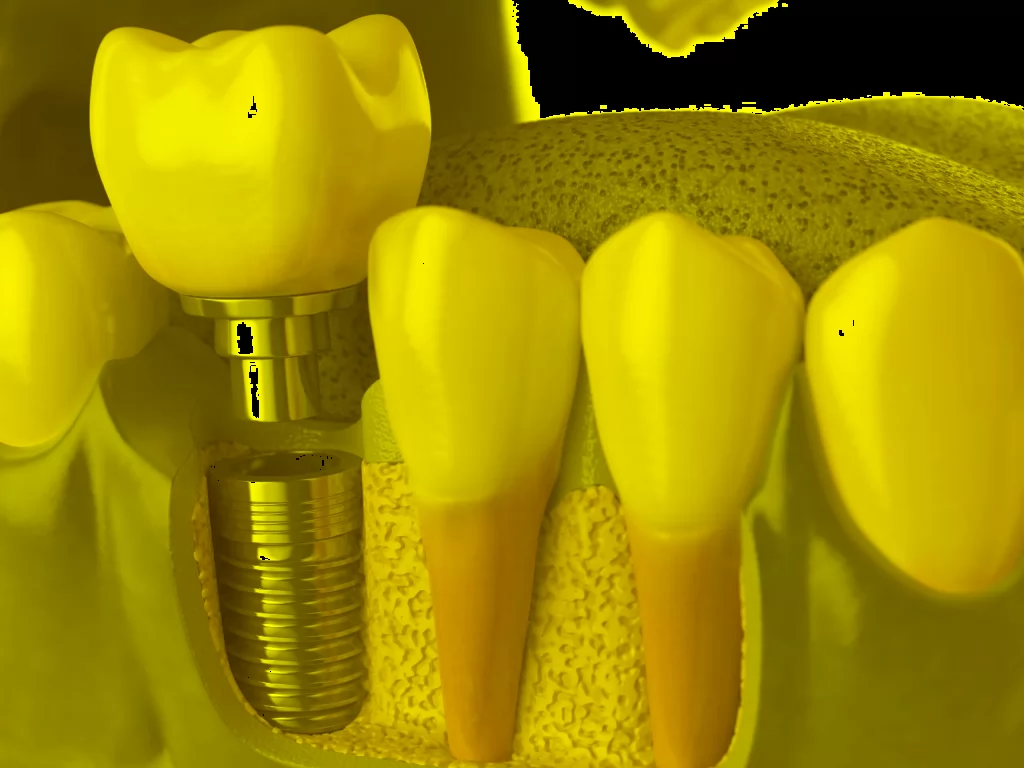A dental bone graft is a surgery performed to increase or strengthen the amount of bone in a part of the jaw where the bone is weak, has been lost, or where it’s going to be performed in complicated surgeries. A dental bone graft is generally needed if further surgeries, such as dental implants, are necessary and your bones are not strong enough to go through with that. In this blog, we will learn why consulting with the guidance of a Cumming, GA pediatric dentist is necessary when considering your dental healthcare.
What are the types of bone grafting?
Types of dental bone grafts are:
- Autografts: In this, bone from your own body is used to graft, like bone from your hip or jaw.
- Allografts: In this, a bone from a different person is used to graft.
- Xenografts: In this, bones from animals and other species are used to graft, such as a cow, pig, or coral.
- Alloplasts: In this, a synthetic material like calcium phosphate or calcium sodium phosilicate (Bioglass) is used to graft.
How long does a bone graft take?
It usually depends on the type and quantity of bone that will be grafted, and it also depends on other necessary procedures that need to be performed before the graft. Bone grafting procedures usually take between 20 and 90 minutes.
What to Expect During a Bone Grafting Procedure?
Your surgery will be scheduled a few months earlier than dental implant surgery, so your bone has enough time to heal. So you just need to relax and not worry about pain.
What are the benefits of bone grafting?
The advantages of bone include rebuilding the bone structure, creating a stable foundation for dental implants, and preventing bone loss in the future. Safe and effective for most patients, it preserves facial structure and improves your candidacy for dental implants.
What are the risks of bone grafting?
Bone grafting is generally safe, but of course, it comes with certain risks.
- Infection
- Bleeding
- Blood clot
- Nerve damage
- Complications from anesthesia
- Infection from the donated bone (very rare)
The aftermath of a bone graft is not always positive; sometimes, your bone may not be fully healed. These reasons include whether you are using a donor tissue or not, your other conditions, and specifically your age. For example, your bone graft is less likely to heal well if you do not smoke.
Speak to a doctor today!
Talk with your doctor about all your concerns, including the risks that most apply to you.




